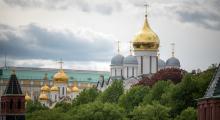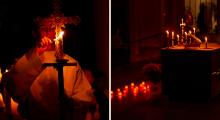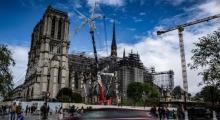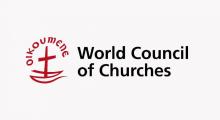Issued by the Catholic Center for Studies and Media - Jordan. Editor-in-chief Fr. Rif'at Bader - موقع أبونا abouna.org
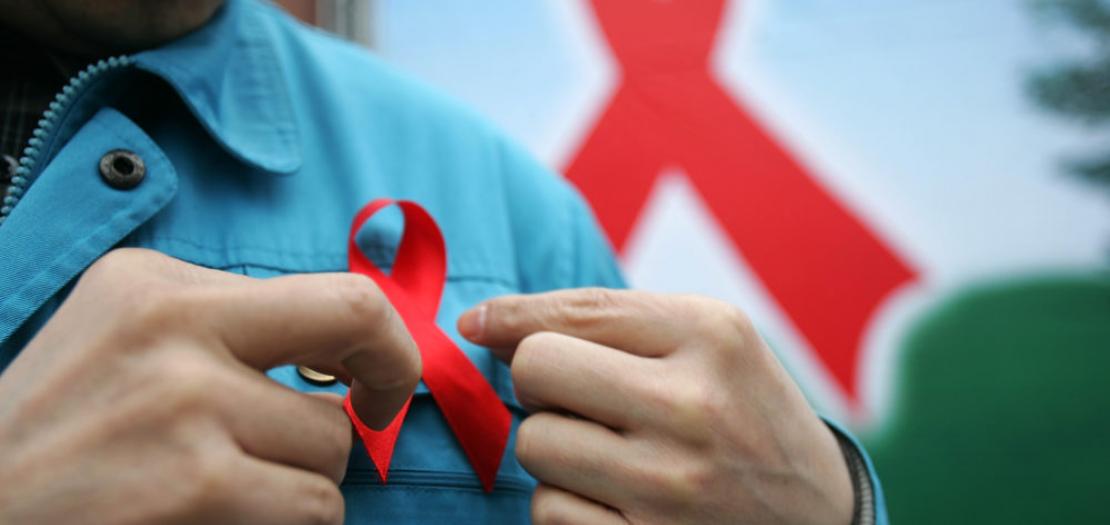
Years after Michael O’Loughlin began reporting on the Catholic Church and LGBT issues a priest friend suggested he jump back a few decades, and explore the intersection through the United States HIV and AIDS crisis in the 1980s and 1990s.
Those years were a time when gay Catholics found themselves caught in between an active gay rights movement and a Catholic Church that was pushing back against it. O’Loughlin’s priest friend ministered to some of those struggling Catholics at that time, and told him there was a lot of “wisdom and insight there” that would be helpful.
“He was right,” O’Loughlin told Crux. “I ended up reaching out to people about their experiences from that time, and learned all of this history that I hadn’t known before about how the Catholic Church was a pivotal player in the HIV and AIDS movement both good and bad.”
That 2015 conversation with a priest friend, and the conversations thereafter, began a years-long crusade for O’Loughlin to find more stories from that time that may have otherwise been lost in history without being told. The culmination of those conversations and other research led to O’Loughlin’s recent book, Hidden Mercy: AIDS, Catholics, and the Untold Stories of Compassion in the Face of Fear, which chronicles the ministry of priests, religious sisters, and lay Catholics to victims of the HIV and AIDS crisis.
The book opens with Sister Carol Baltosiewich at a New York City gay bar in 1987. Baltosiewich is a nun and trained intensive care unit nurse from Belleville, Ill., who traveled east to learn how to care for patients with HIV and AIDS. She ultimately brings the lessons she learns in New York back with her to Belleville, and opens an AIDS resource center.
O’Loughlin describes her story as the “archetype” for many of the stories he covers in the book, noting that it also showed the “determination” of Catholic sisters to respond to those in need.
“She also told me about how her encounters with the gay community broadened her own understanding of her Catholic faith,” O’Loughlin continued. “She had known on some level that it meant to love your neighbors and respond with mercy and compassion, but by working with this marginalized community it brought the Gospel to life for her and I think that dynamic played out in hidden ways at that time with the gay community and gay Catholics and the Church sort of helping each other see life differently.”
Others featured are Father William Hart Nichols, a gay priest who ministered to AIDS patients in New York, and Catholic David Pais, a long-term HIV survivor who lost his partner to AIDS and was one of the earliest volunteers at the New York based non-profit Gay Men’s Health Crisis.
Before O’Loughlin, himself a gay Catholic, dove into the history of the LGBT community and Catholic Church during the United States HIV and AIDS crisis, he knew of the 1986 Vatican letter condemning homosexuality. The letter essentially reiterated Church teaching on the topic, but after he began exploring that time period he realized an “added level of cruelty” that came with the timing of its publication.
“Even though the church was simply re-articulating its teaching on homosexuality, to do so against the backdrop of AIDS when the gay community felt under siege from a virus but also society added this understanding of why gay Catholics felt so hurt at the time,” O’Loughlin said, adding that background helps “illuminate” the “heroic work” from Baltosiewich and others.
Fast forward to 2022, and O’Loughlin recognizes signs of encouragement for the LGBT community in the Catholic Church despite pushback that still exists. On a personal level, he thinks Pope Francis writing him a letter thanking him for “shining a light” on the priests, religious sisters and lay Catholics who ministered to HIV and AIDS victims during that period a “positive step.”
O’Loughlin also highlighted the pontiff’s emphasis on dialogue throughout the Church as something that will help people on both sides.
“I think the pope has laid out a pathway and that is simply being open to dialoguing with people who you might not think you agree with and figuring out where there is common ground,” O’Loughlin said. “Part of it, I think, is for the LGBT Catholic community to continue to stand firm and say that they’re part of the church and they’re going to participate as full members of the Church.”
In the time since the book’s release on Nov. 30, O’Loughlin has enjoyed hearing from LGBT Catholics who have shared their experiences that may not have otherwise been shared. As for the stories in the book, he hopes all Catholics will recognize the foundation laid by their protagonists for LGBT spaces in the Church.
“My big takeaway is that if there’s ever a Catholic space that’s welcoming to LGBT people you can never take it for granted because it was never inevitable that would be the case,” O’Loughlin said. “Someone fought for that space to be welcoming and by learning these stories we will know how to keep those spaces in existence.”


